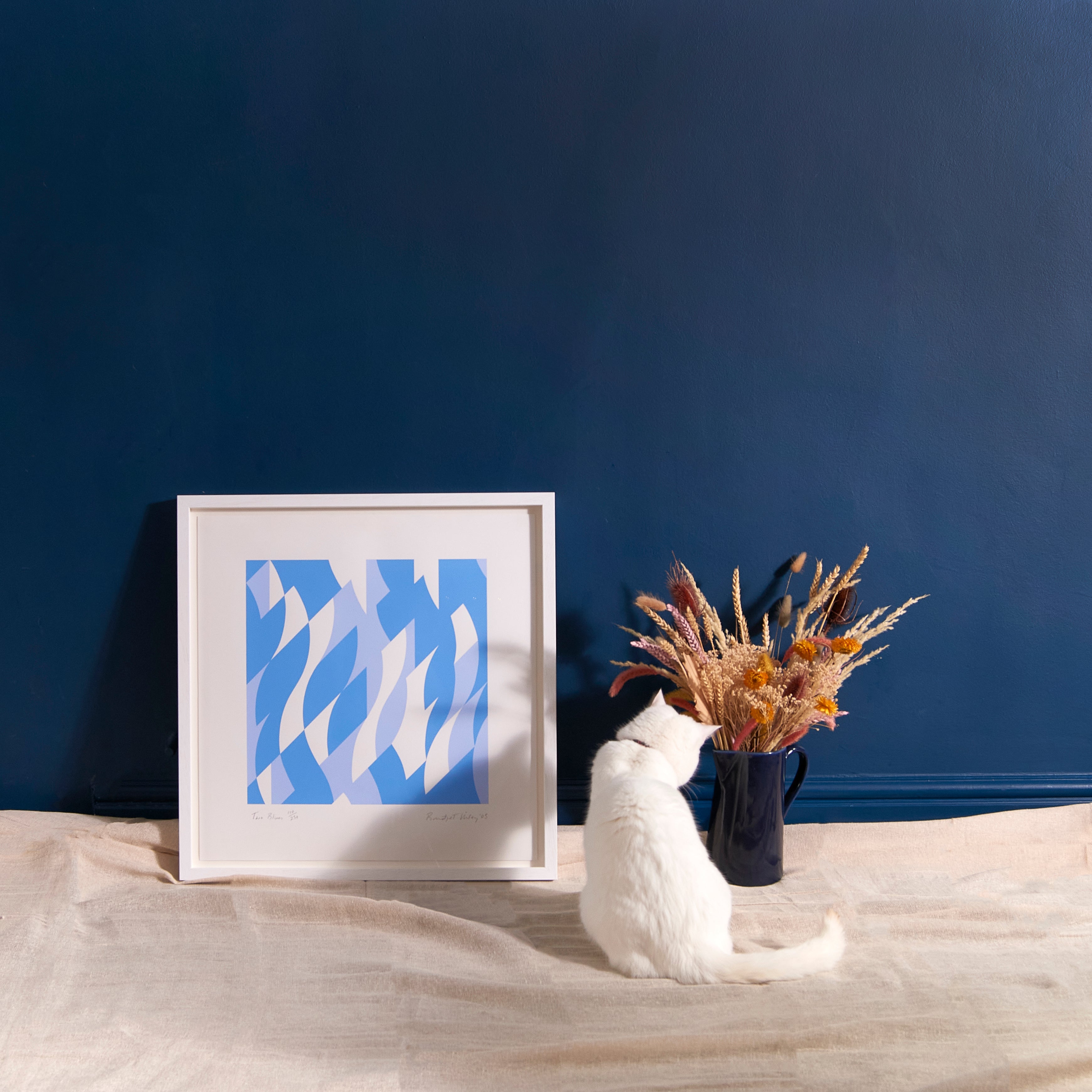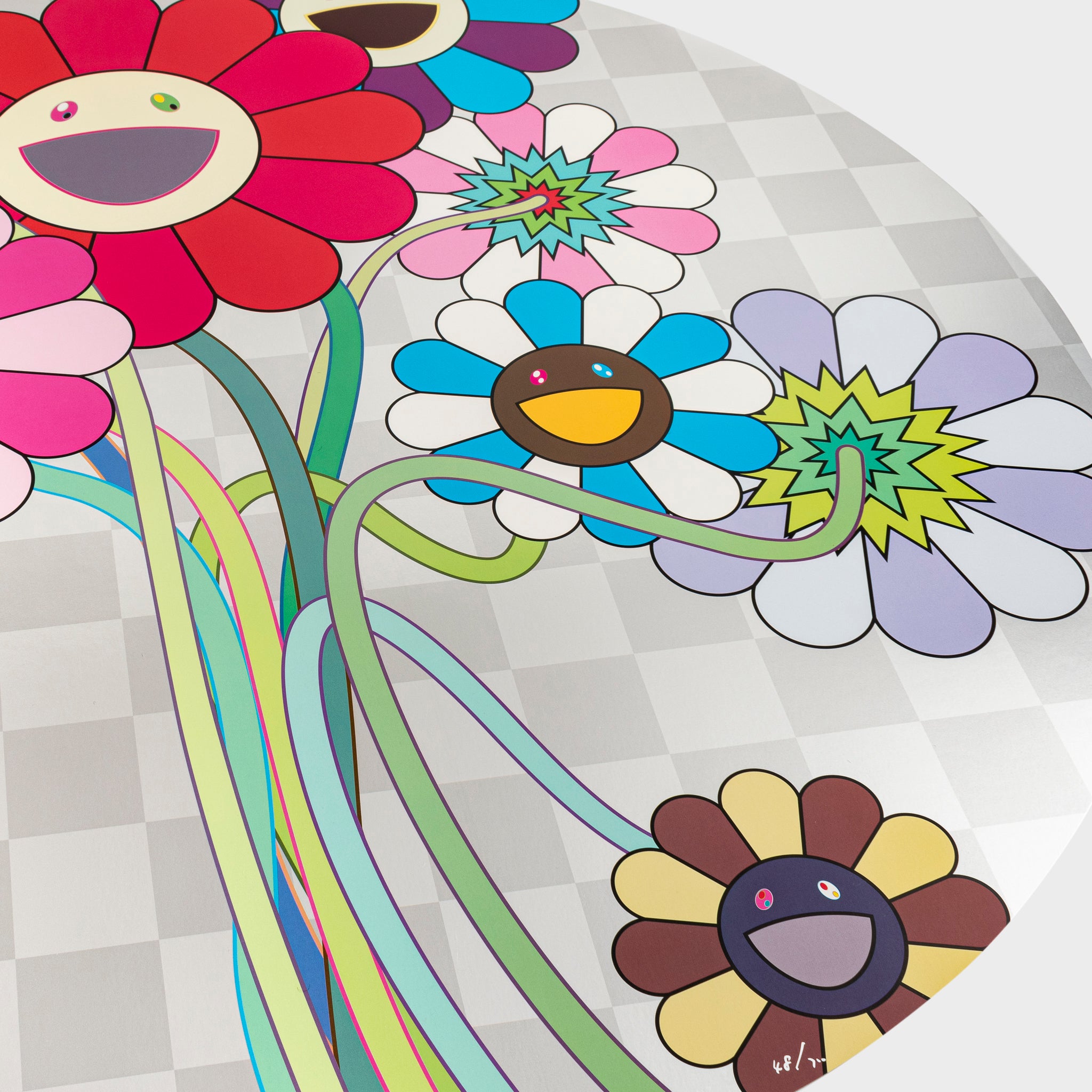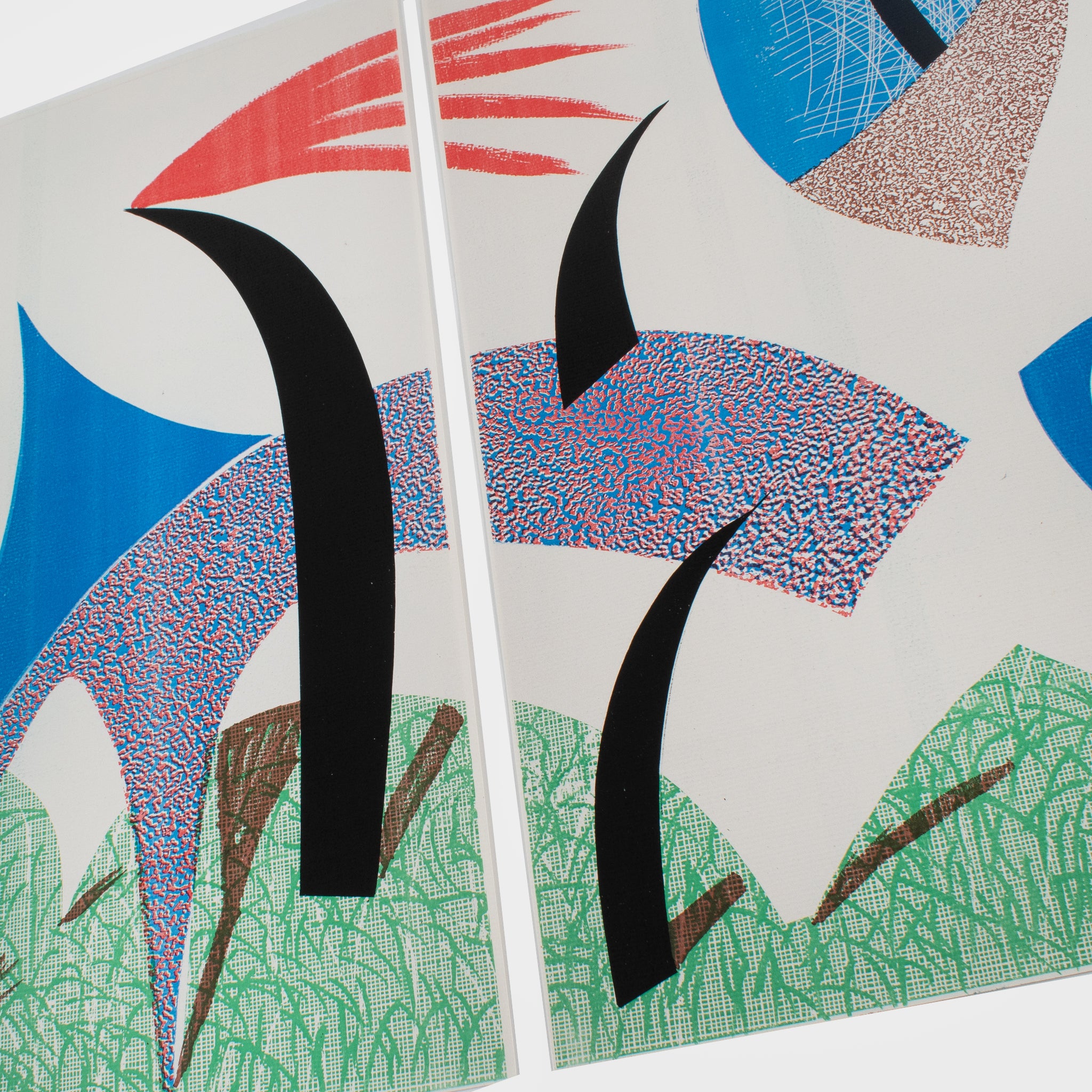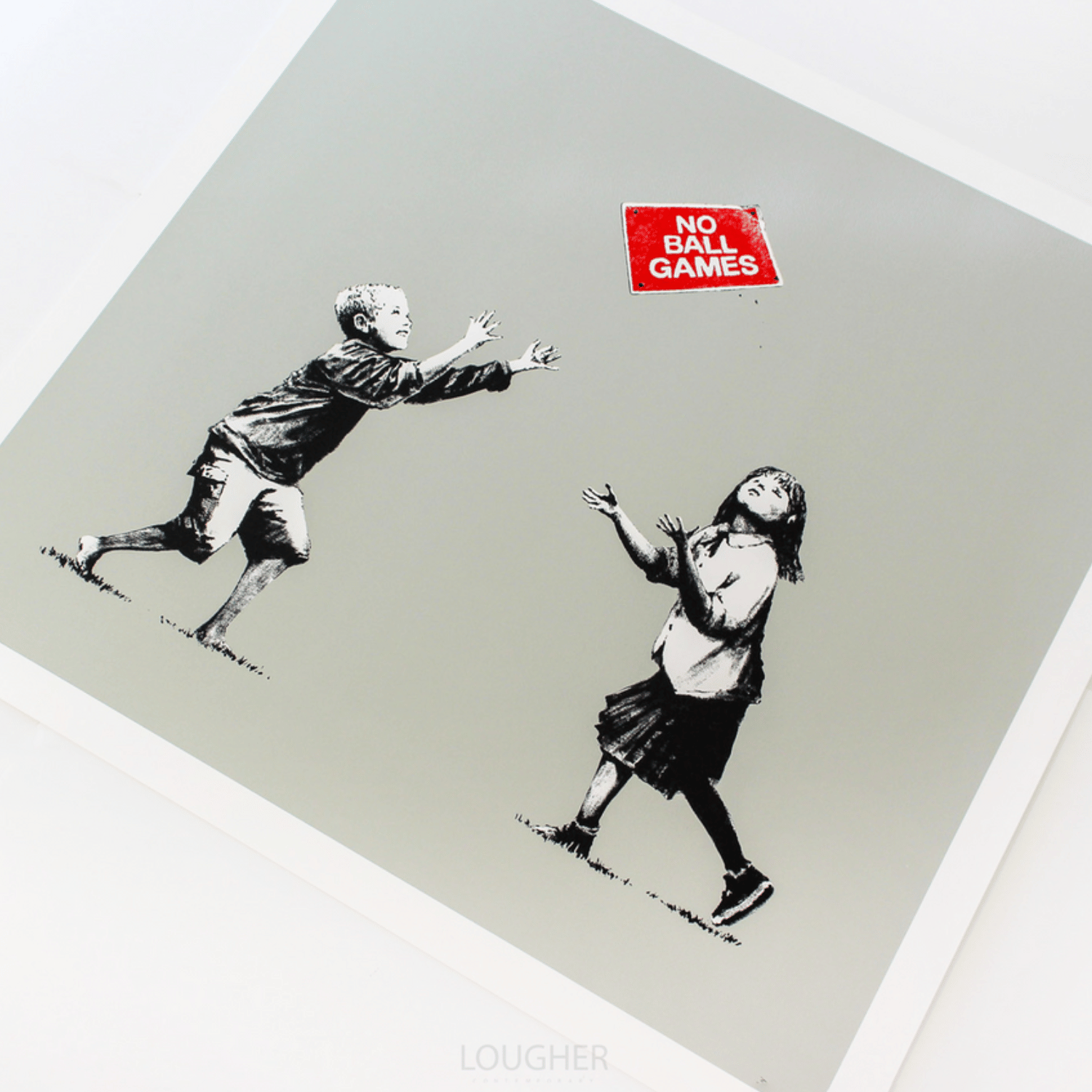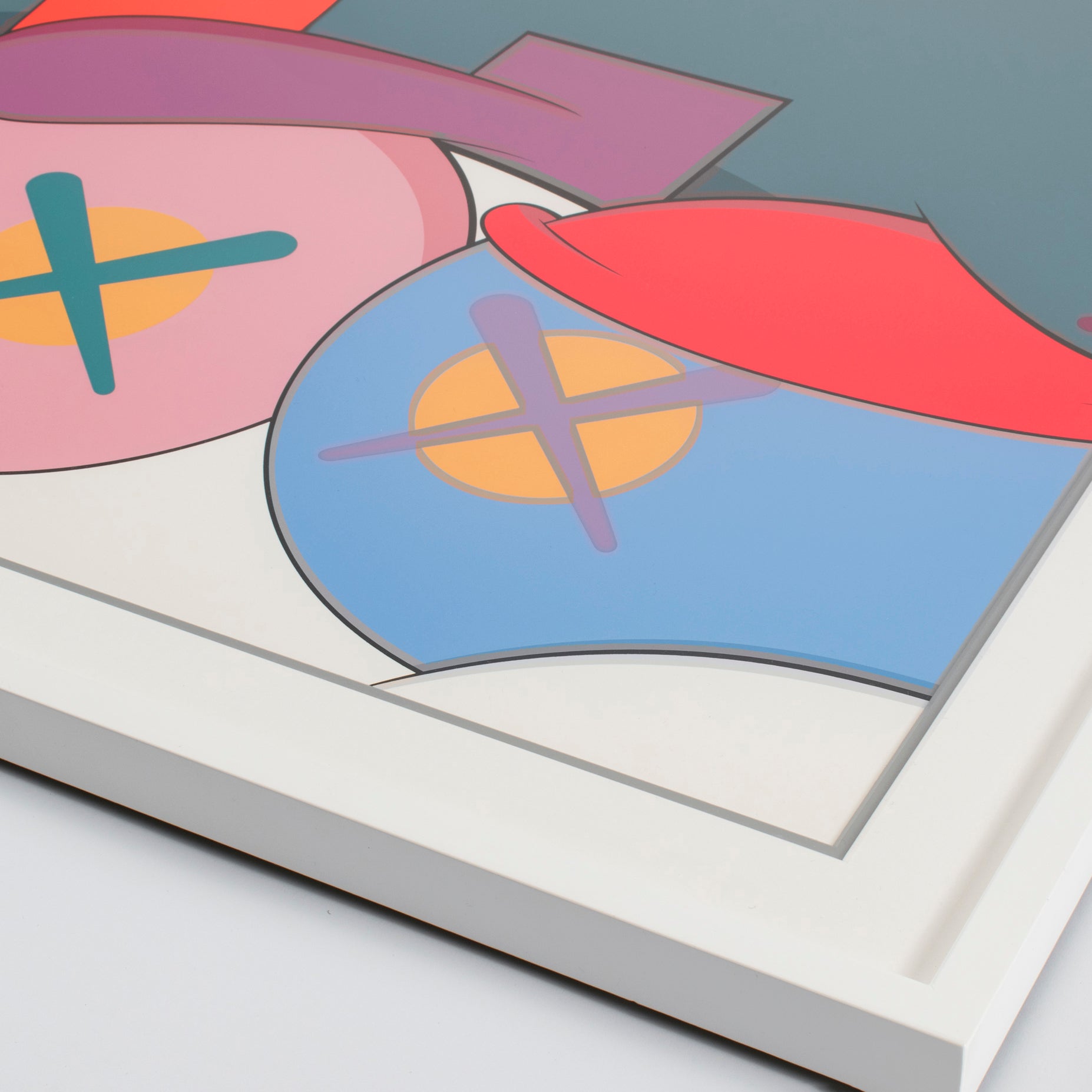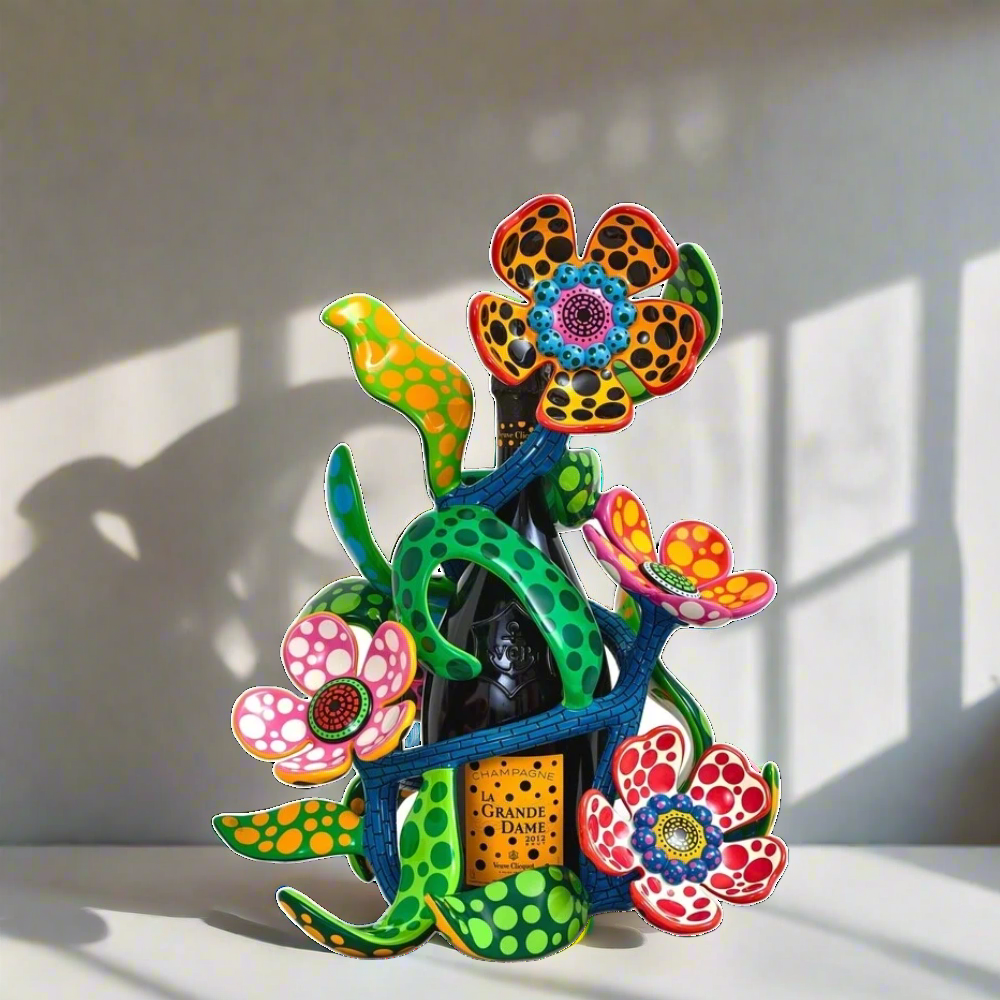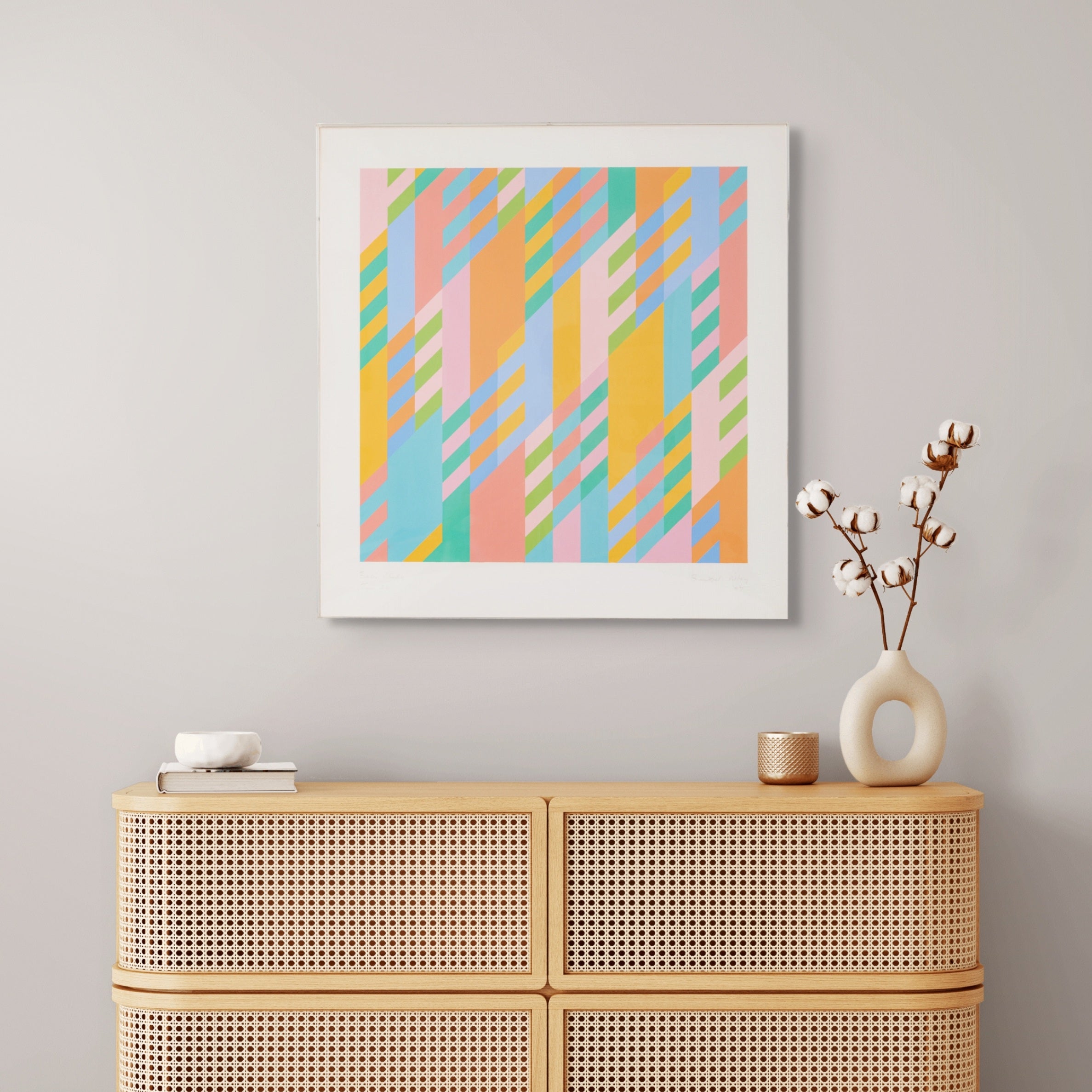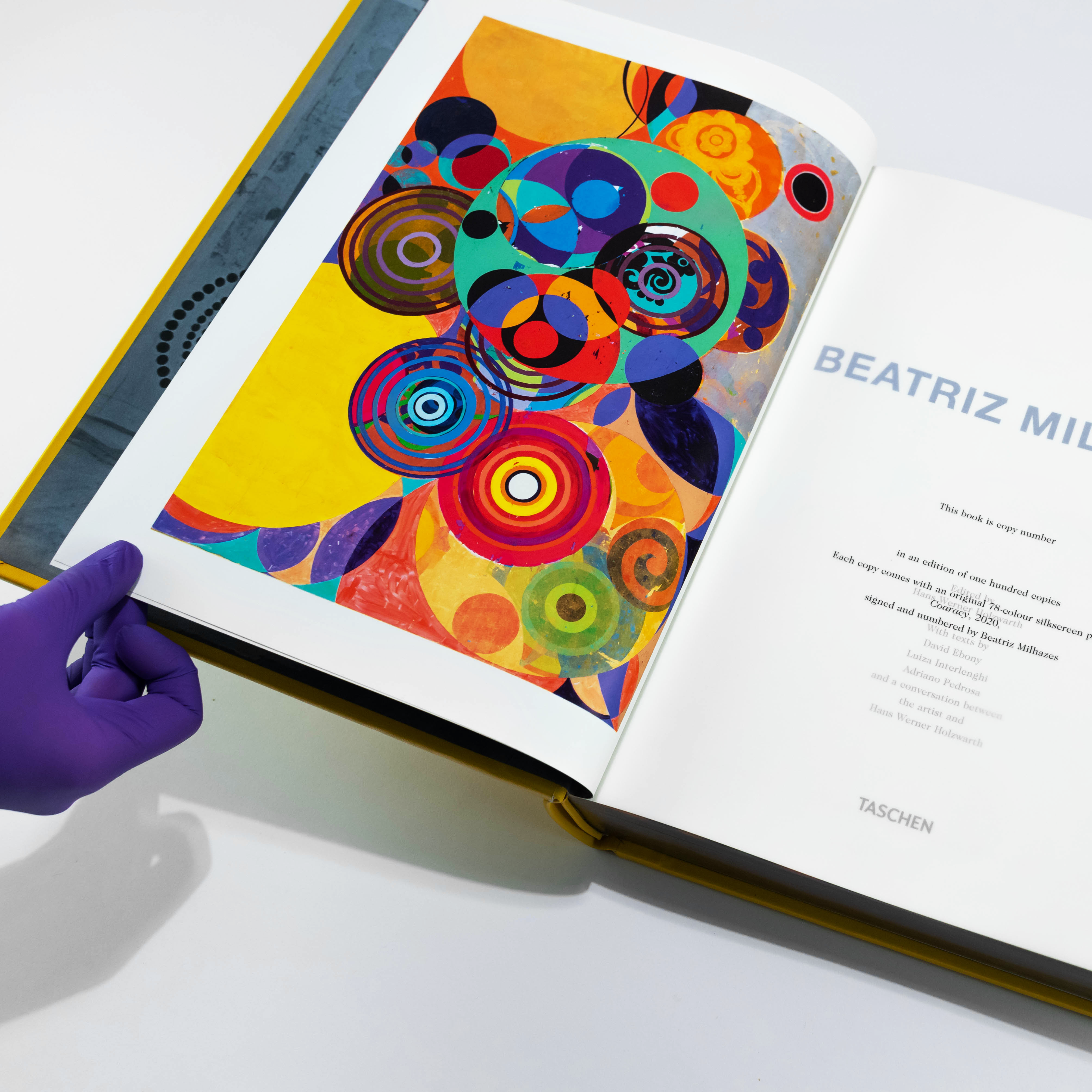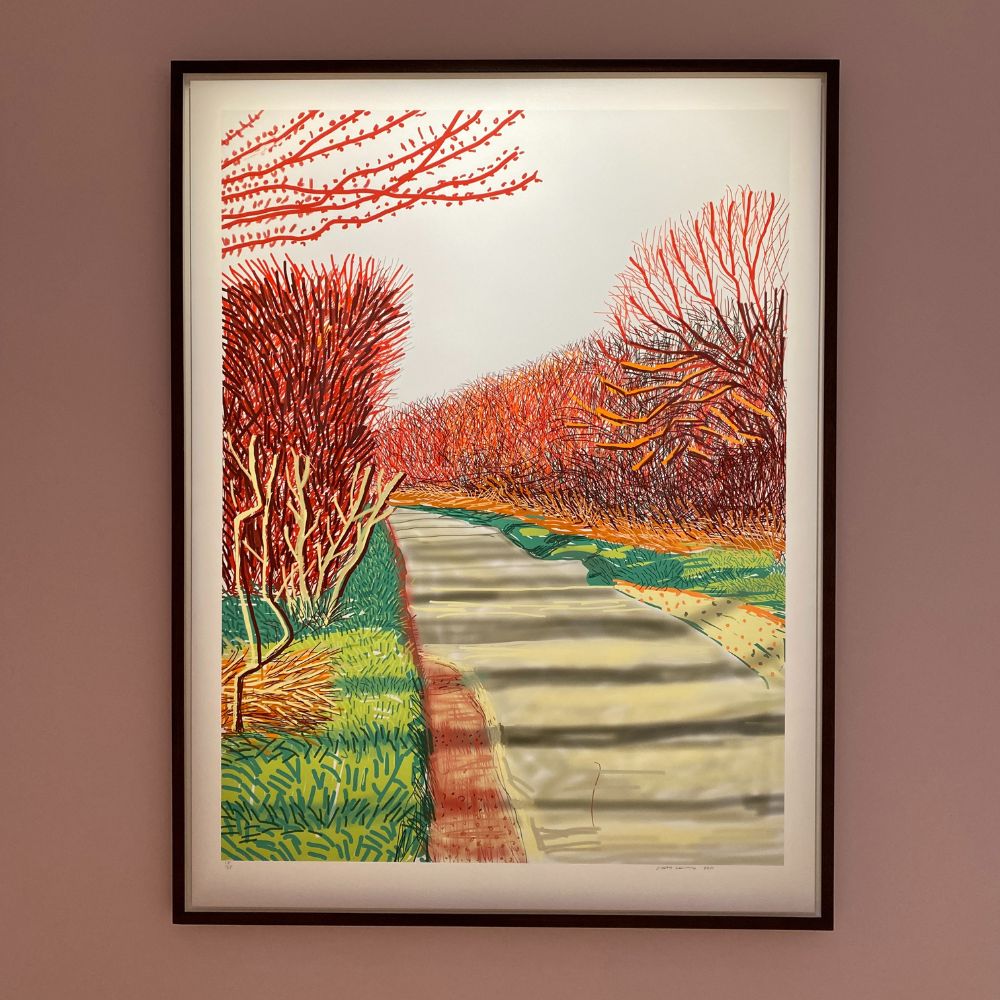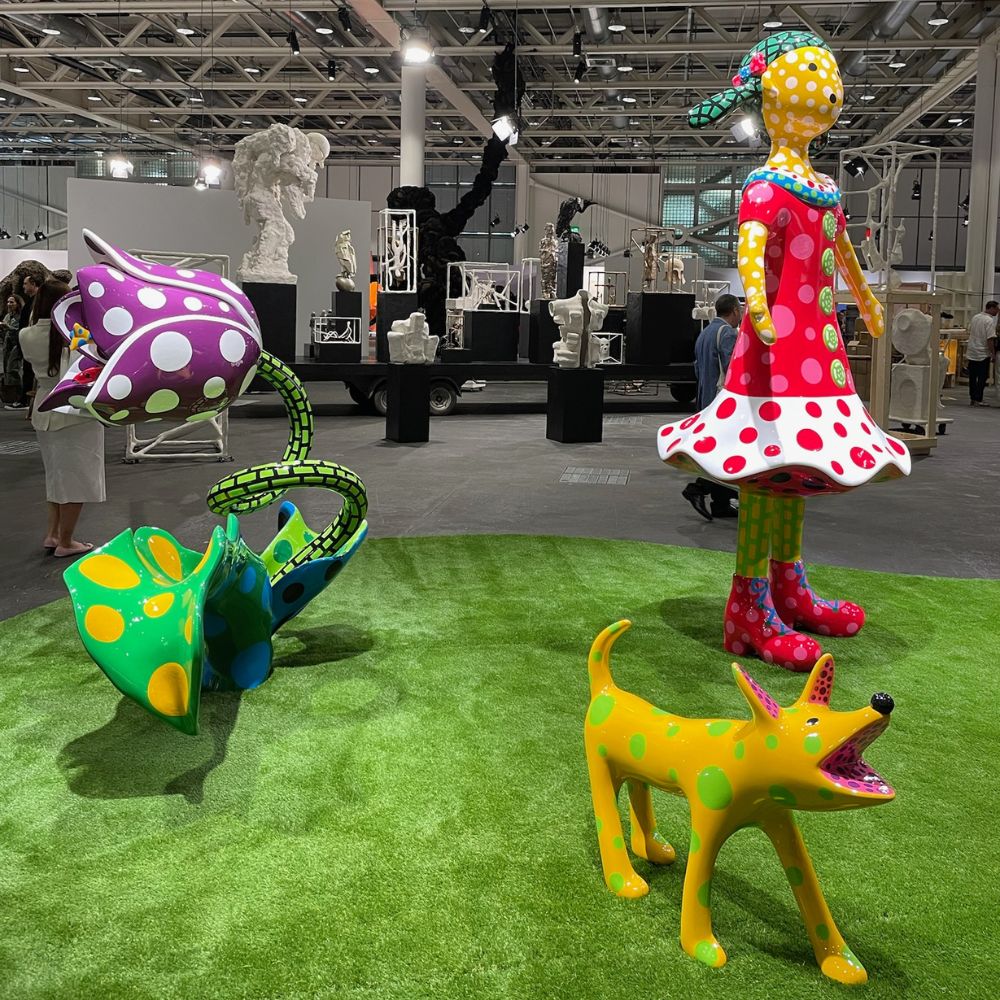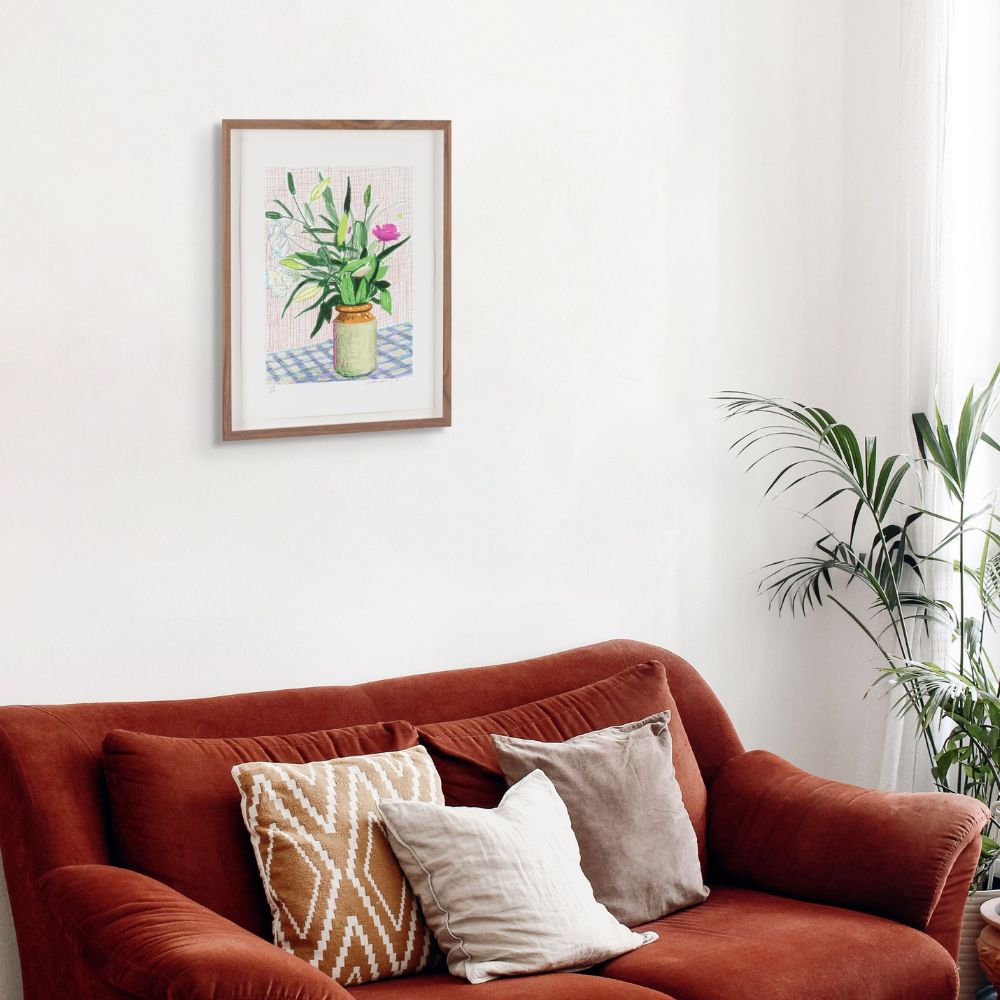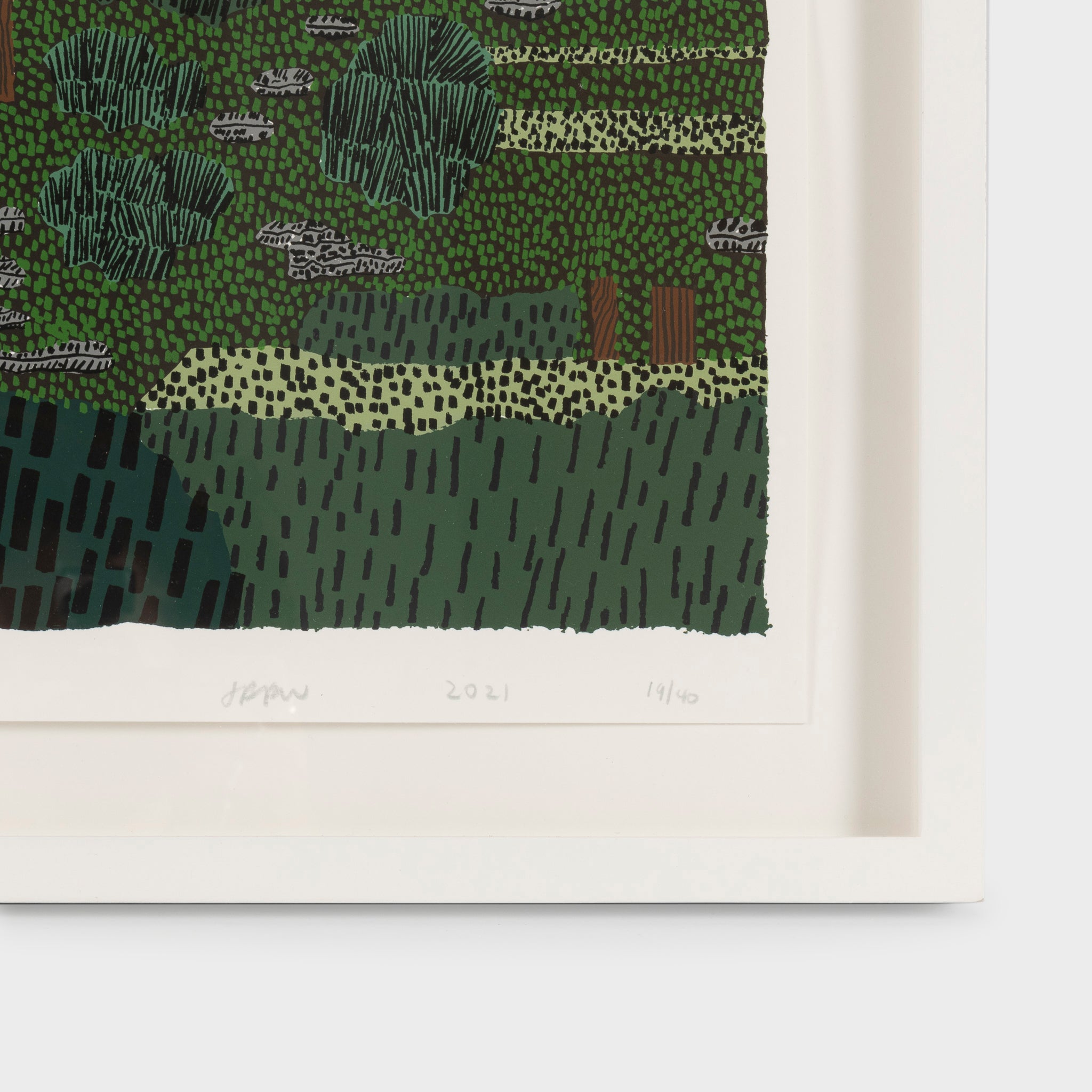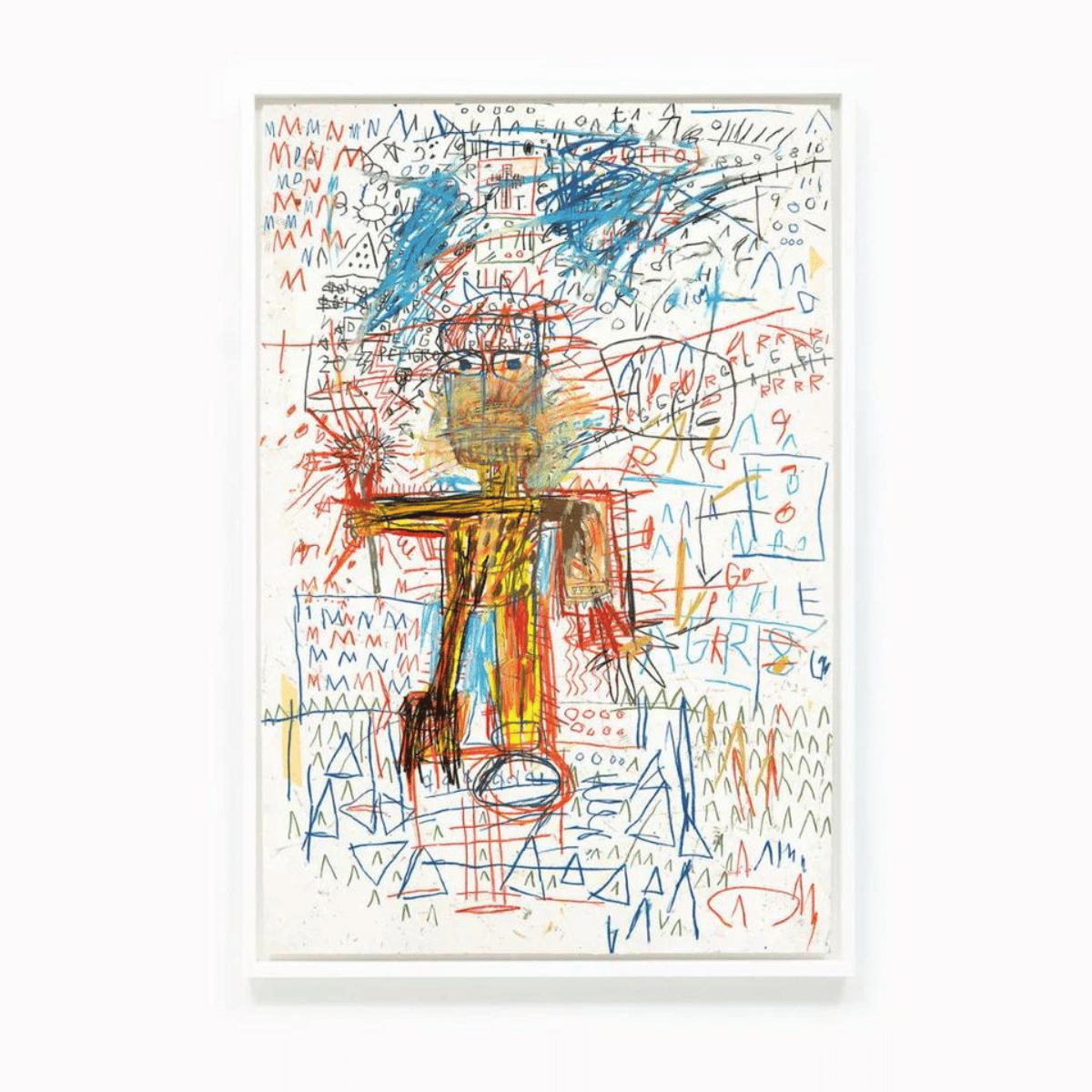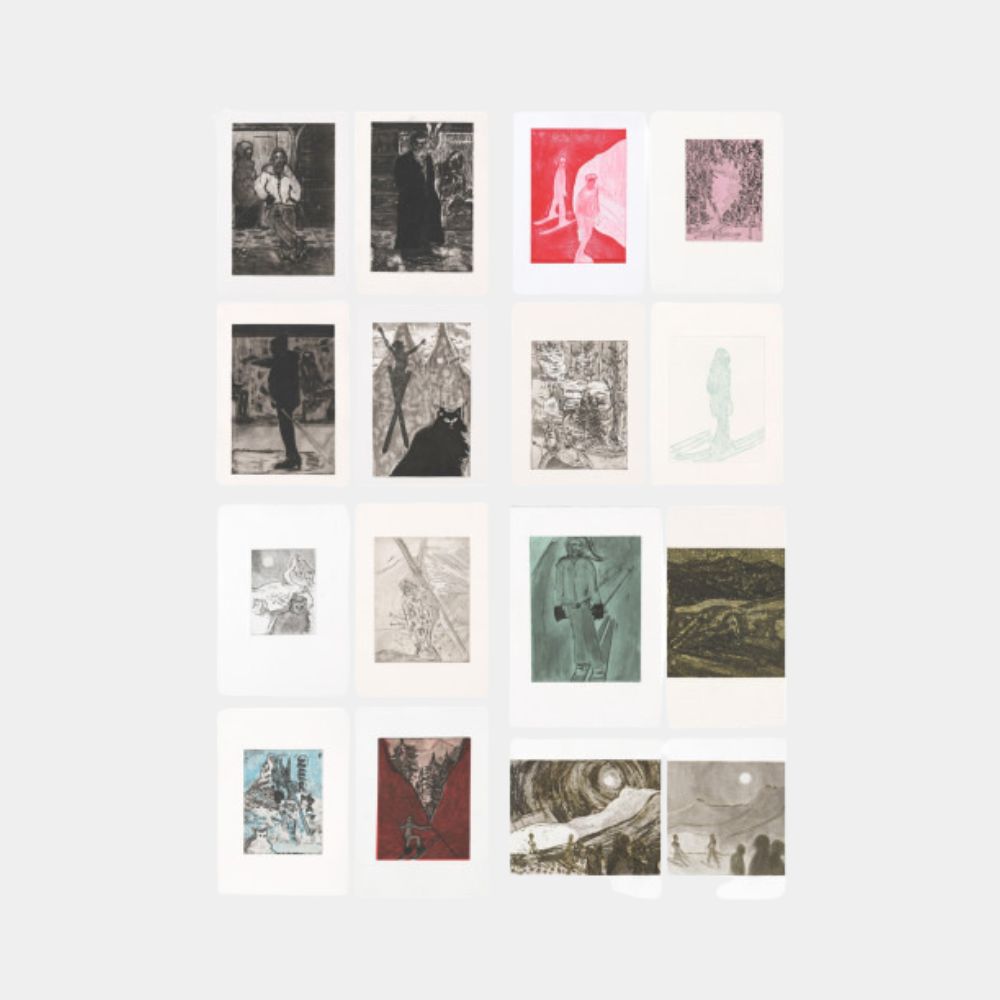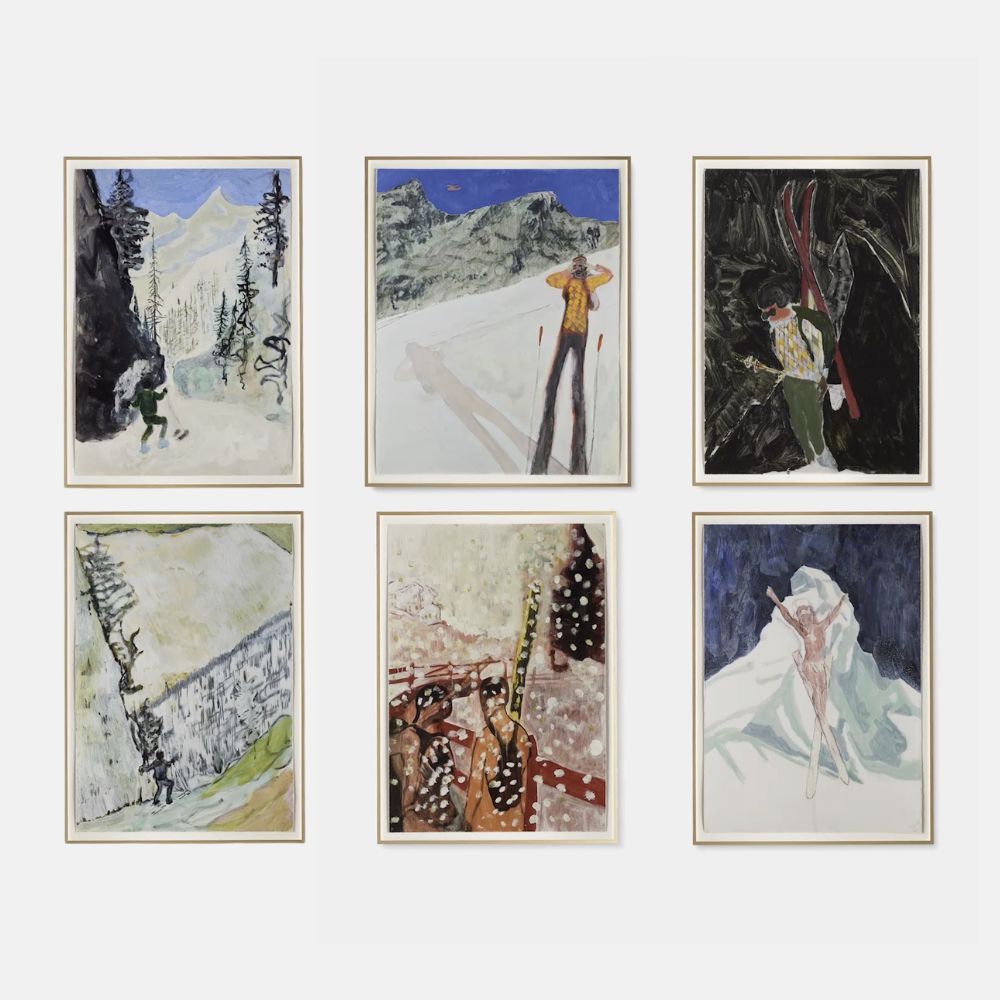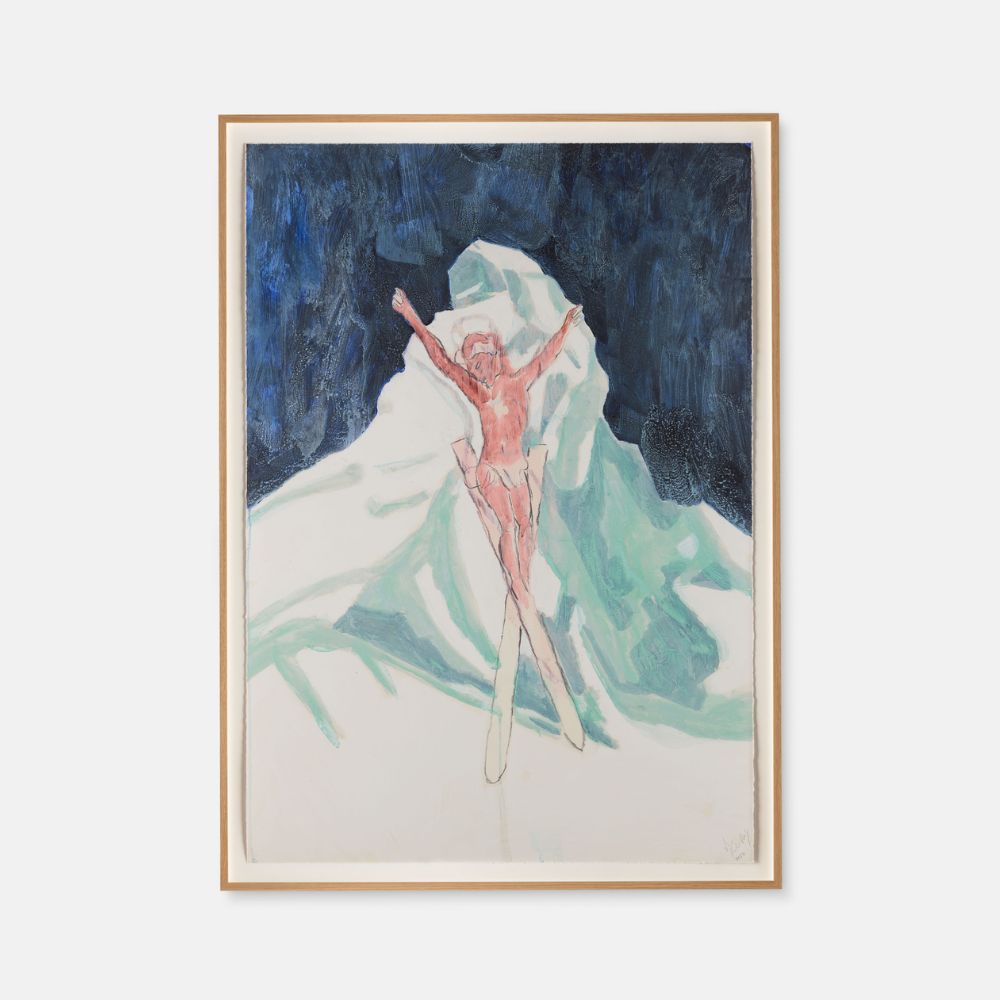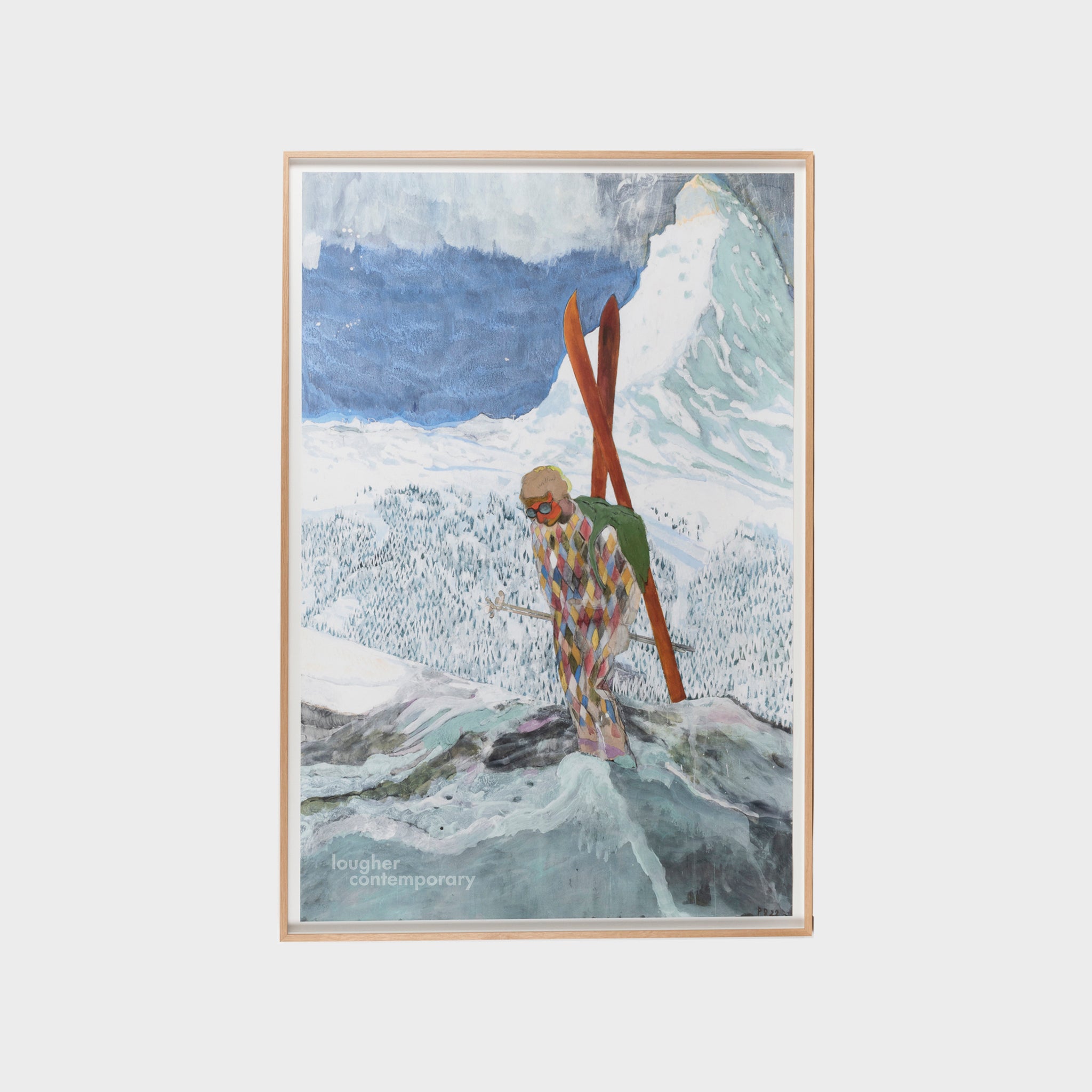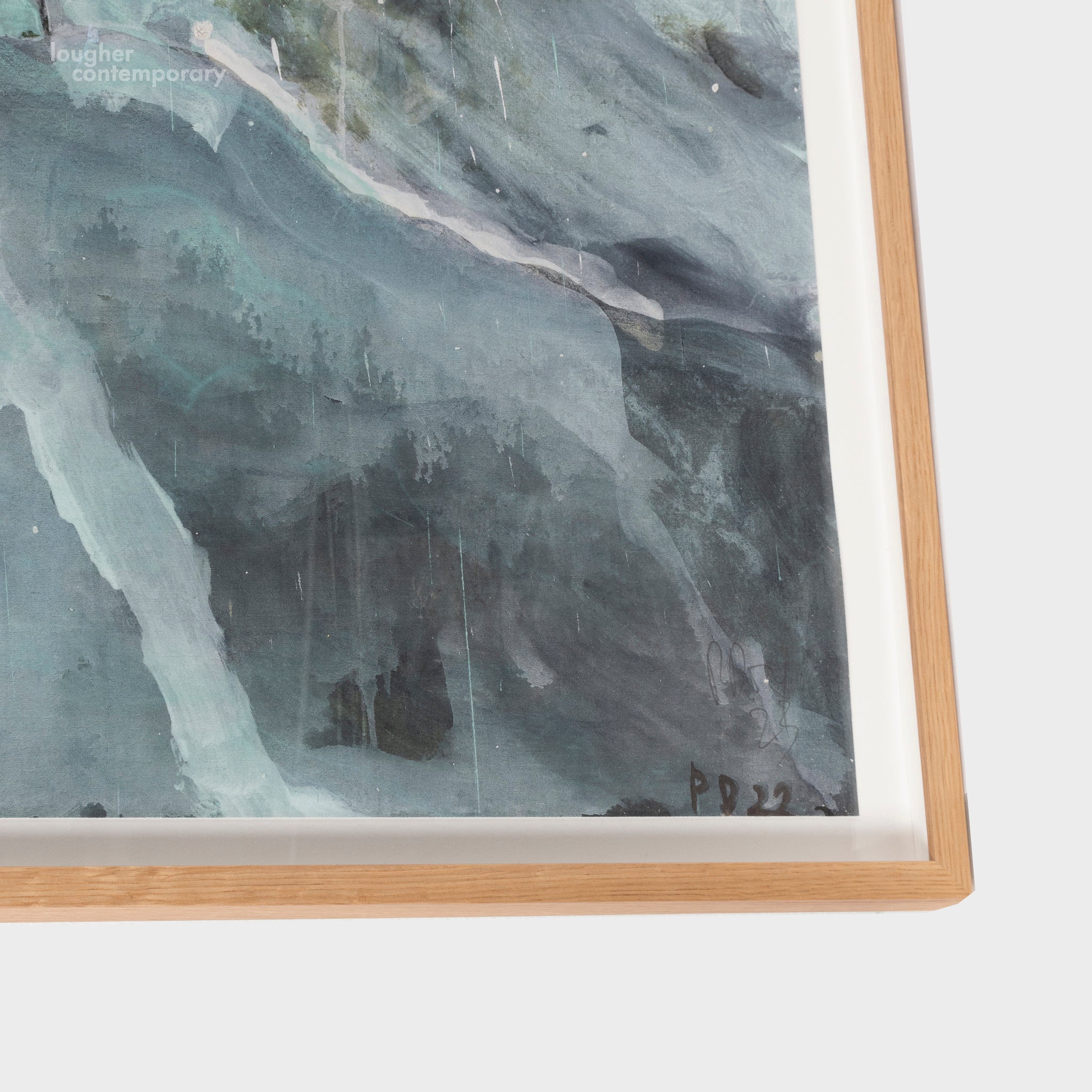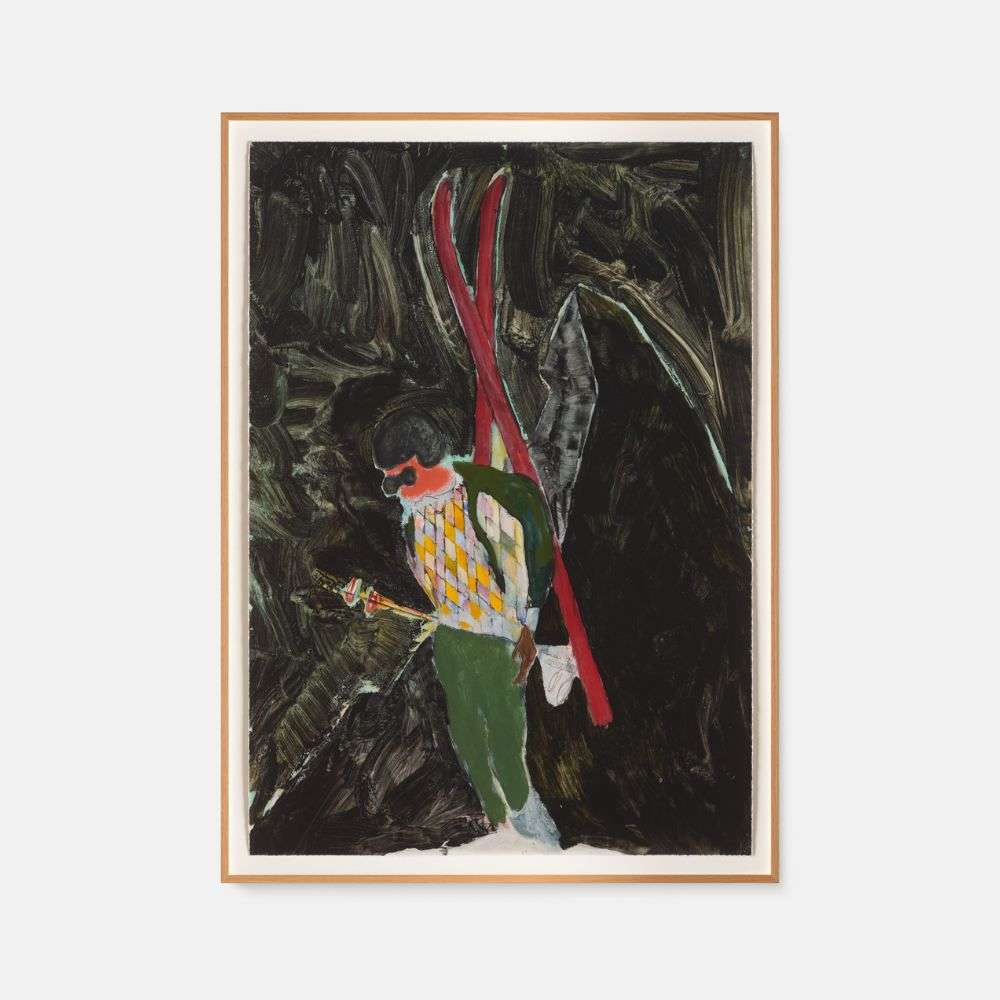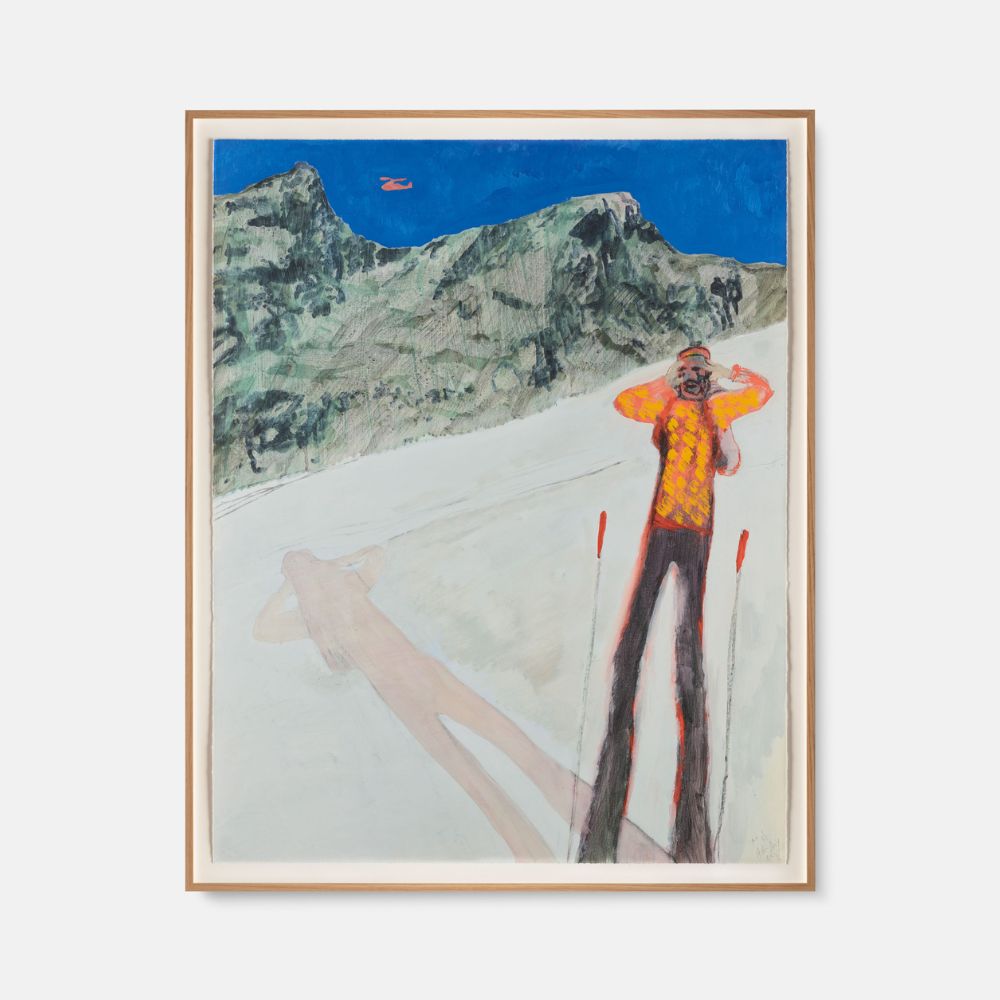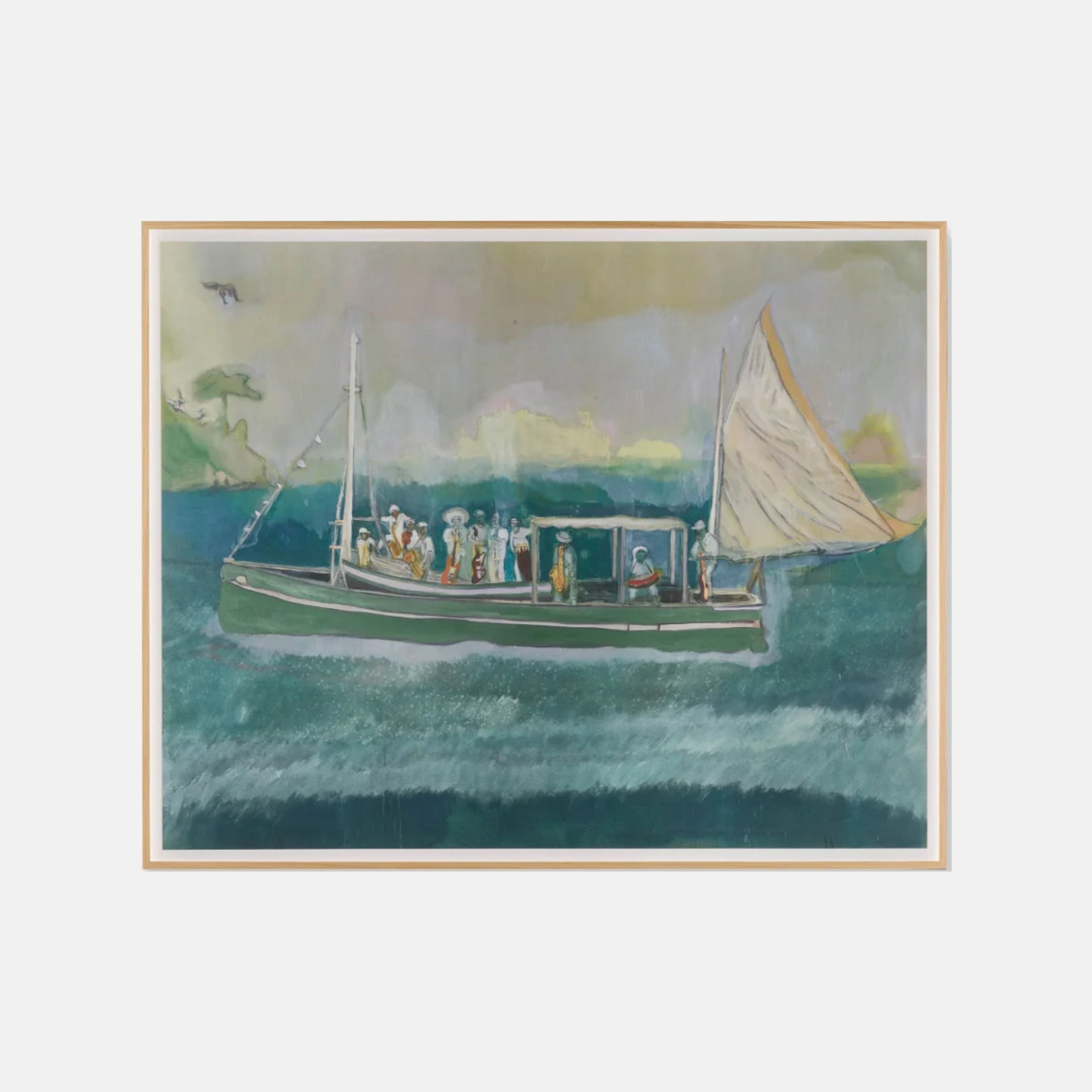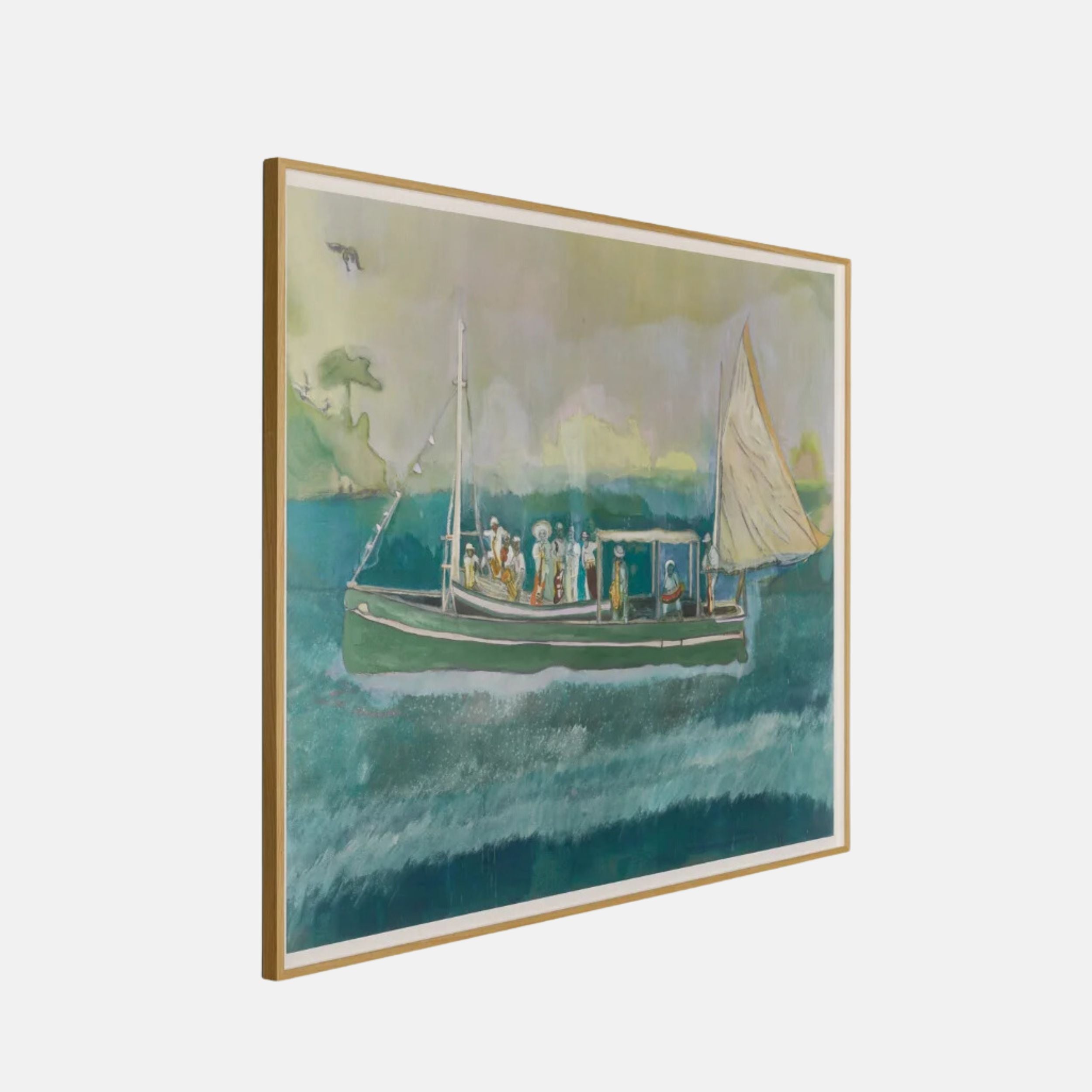Peter Doig: House of Music at the Serpentine Gallery
A landmark exhibition of painting and sound
From 10 October 2025 to 8 February 2026, London’s Serpentine South Gallery hosts Peter Doig: House of Music — a major new exhibition by one of the most celebrated painters of our time. Free to enter, the show transforms the gallery into a multisensory experience where painting meets sound, memory merges with rhythm, and communal listening becomes a form of art.
This exhibition marks Doig’s return to the Serpentine, more than three decades after his first solo presentation there in 1991. It is both a homecoming and a bold re-imagining of what painting can be today.
Why this exhibition matters
A major survey of a leading contemporary painter
Peter Doig is widely regarded as one of the foremost painters of his generation. Born in Edinburgh in 1959 and having lived and worked in Trinidad, Canada and the UK, his practice spans a variety of geographies and cultural registers. The Serpentine has first exhibited him as long ago as 1991, making this a welcome return and a chance to mark his ongoing relevance.
A bold integration of sound, film and communal space
What sets House of Music apart from a typical painting exhibition is the deliberate integration of sound and the communal listening environment. For the first time in his major show, Doig presents his paintings in a listening-space context: two sets of rare, restored analogue speakers originally designed for cinemas and large auditoria are installed, and music drawn from his decades-long archive of vinyl records and cassette tapes plays through them.
This means the gallery becomes more than a white-cube showing of canvases: it becomes a space to sit, to listen, to reflect, to let sound within the paintings and the paintings within sound. The result is a layered experience of sight and hearing, of image and rhythm, of memory and gathering. As writers have noted, the show “transforms the gallery into a listening space
Cultural and historical significance
Doig’s attention to music, film and communal gathering places — especially as shaped by his years in Trinidad (2002-21) — gives House of Music a rich cultural dimension. Many of the works arise from his immersion in sound-system culture, cinematic traditions and the rhythms of Caribbean life.
In doing so, the exhibition points to important questions about how art interacts with popular culture, diaspora, memory and architecture of sound.
Music, memory and place
The title House of Music alludes to the artist’s long connection to Trinidad, where he lived from 2002 to 2021. There, music is more than background; it is architecture — a physical, social and emotional structure that binds people together. Doig has often painted scenes of gatherings, open-air cinemas and sound systems glowing in the Caribbean dusk. This exhibition brings those motifs to life, turning the gallery itself into a house that hums with shared sound.
• The installation includes two sets of rare, restored analogue speakers (1950s wooden Klangfilm Euronor models) through which Doig’s personal archive of vinyl and cassette tapes is played.
• The live programme titled Sound Service runs on Sundays and select evenings and invites musicians, DJs and sound practitioners to animate the space with their own selections from vinyl records and audio samples, in front of a live audience.
• Doig’s own comment that the gallery is transformed into a “listening space” is telling: the exhibition encourages visitors to pause, linger, even recline, while sound and image co-exist.
The musical dimension is not a gimmick: rather, it reflects Doig’s long engagement with sound culture. Growing up partly in Trinidad, he absorbed the island’s vibrant sound-system and carnival traditions; these sensibilities permeate his imagery and in House of Music are given a new form via the installation of speakers and soundscapes.
This means the exhibition is unique: you are not simply looking at paintings that reference music; you are in a space where listening and looking happen together. That interplay makes for a richer, more immersive encounter — and helps the work feel freshly relevant in a multimedia age.
Style, progression and inspiration in Doig’s work
A synthesis of memory, photograph, film and landscape
Although Doig’s paintings are instantly recognisable — lush, dreamlike, layered with colour and atmosphere — House of Music reveals a new chapter in his artistic evolution. His earlier work often explored solitary figures in haunting landscapes, suffused with a nostalgic melancholy. In contrast, these recent works feel more open, social and resonant with sound.
Paintings such as Maracas and Painting for Wall Painters (Prosperity P.O.S.) recall the energy of Trinidad’s streets and the warmth of Caribbean light. The Lion of Judah, a recurring motif in his new work, introduces symbolic and spiritual undertones that connect to Rastafarian culture and colonial history. The compositions are rich with texture and movement, as if the rhythm of music itself has entered the brushstroke.
How House of Music shows evolution
In House of Music, visitors see a thread of continuity but also new directions:
• Many works in the show were produced during and after his long stay in Trinidad (2002-21), in which the island’s sound-system culture and communal gatherings became central to his thinking.
• The incorporation of sound and the speaker installation marks an evolution: moving beyond the canvas as solitary object to a space of communal listening and shared experience. This shows Doig expanding his practice into installation and multisensory territory.
• The motif of communal gathering, music, cinema and architecture of sound shows an awareness of social space, not just individual vision. That indicates a growing ambition and deepening of his artistic preoccupations.
• Visually, the paintings in the show continue to explore layered colour, dense atmosphere, lighting effects and dramatic compositions (for example large-scale works like Maracas [2002–08]).
Through this exhibition, Doig demonstrates a confidence and expansiveness that reflect both maturity and curiosity. His painterly language remains rooted in memory and place, yet it now embraces sound, architecture and performance — a sign of an artist continually pushing the limits of his medium.
A uniquely immersive experience
What makes House of Music so distinctive is its fusion of art and sound. Rather than a silent hall of images, the Serpentine becomes a living environment — filled with rhythm, warmth and human presence. The vintage speakers, restored with care, bring an analogue authenticity to the soundscape, while the paintings themselves glow with saturated colour.
Visitors are encouraged to sit, linger or even close their eyes, allowing the interplay of sound and vision to unfold naturally. In a world dominated by fast consumption and digital noise, Doig offers slowness, listening and contemplation. It is an exhibition to be experienced rather than simply seen — a rare, resonant encounter between painting, music and memory.
Collecting works by Peter Doig
For those inspired by House of Music and interested in acquiring pieces by this leading contemporary artist, you can collect works by Peter Doig from Lougher Fine Art, a trusted gallery specialising in exceptional modern and contemporary art.
Peter Doig: House of Music at London’s Serpentine Gallery is more than an exhibition — it is a celebration of sound, space and shared experience. It captures an artist at the height of his powers, expanding painting into something tactile and auditory, intimate yet collective. For visitors, it offers a rare chance to witness the rhythm of memory transformed into colour and form; for collectors and art lovers alike, it marks an unforgettable moment in contemporary painting.


